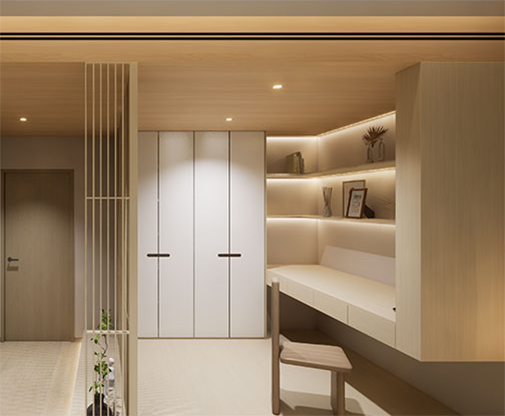Unveiling the Ideal Materials for a Stunning Ceiling Design
When it comes to designing a space, the ceiling often plays a crucial role in creating a visually appealing and functional environment. Choosing the right materials for your ceiling can significantly impact the overall aesthetics and functionality of a room. In this forum post, we will explore the various materials commonly used for ceilings, their unique properties, and their suitability for different spaces.
- Gypsum: The Versatile and Cost-Effective Choice
Gypsum, a mineral widely available worldwide, is a popular choice for ceilings due to its versatility and affordability. It offers excellent fire resistance, sound insulation, and thermal properties, making it ideal for both residential and commercial spaces. Gypsum boards can be easily installed, allowing for creative designs and seamless integration of lighting fixtures. - Wood: Adding Warmth and Elegance
Wooden ceilings exude a timeless charm and bring a touch of warmth to any space. With a wide range of wood species available, such as oak, pine, and cedar, you can achieve various aesthetics, from rustic to contemporary. Wood offers natural insulation, acoustic benefits, and durability. However, it requires regular maintenance to preserve its beauty and prevent moisture-related issues. - Metal: Sleek and Modern
For a sleek and modern look, metal ceilings are an excellent choice. Aluminum, steel, and tin are commonly used due to their lightweight nature, durability, and resistance to corrosion. Metal ceilings are often seen in commercial spaces like offices, restaurants, and retail stores. They offer easy installation, low maintenance, and can be customized with different finishes, patterns, and colors. - Acoustic Panels: Enhancing Sound Quality
In spaces where sound quality is crucial, such as theaters, recording studios, or conference rooms, acoustic panels are a must-have for the ceiling. These panels are typically made of mineral wool or fiberglass, designed to absorb sound waves and reduce echo. Acoustic ceilings not only improve the auditory experience but also enhance the overall aesthetics of the space. - Glass: Creating a Sense of Openness
Glass ceilings are a unique choice for those seeking to create an open and airy atmosphere. They allow natural light to flood the room, making it appear more spacious and inviting. Glass ceilings are commonly used in atriums, conservatories, and modern architectural designs. However, they require careful consideration of structural support, insulation, and privacy concerns.
Conclusion:
Choosing the right material for your ceiling is crucial for achieving a visually stunning and functional space. Whether you opt for the versatility of gypsum, the warmth of wood, the sleekness of metal, the acoustic benefits of panels, or the openness of glass, each material offers unique properties that can transform any room. Consider the specific requirements of your space, such as aesthetics, acoustics, and maintenance, to make an informed decision. Remember, a well-designed ceiling can elevate the overall ambiance and leave a lasting impression on anyone who enters the room.






